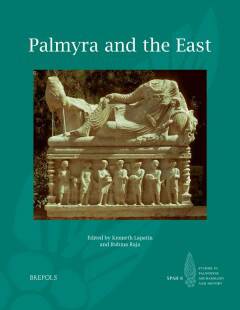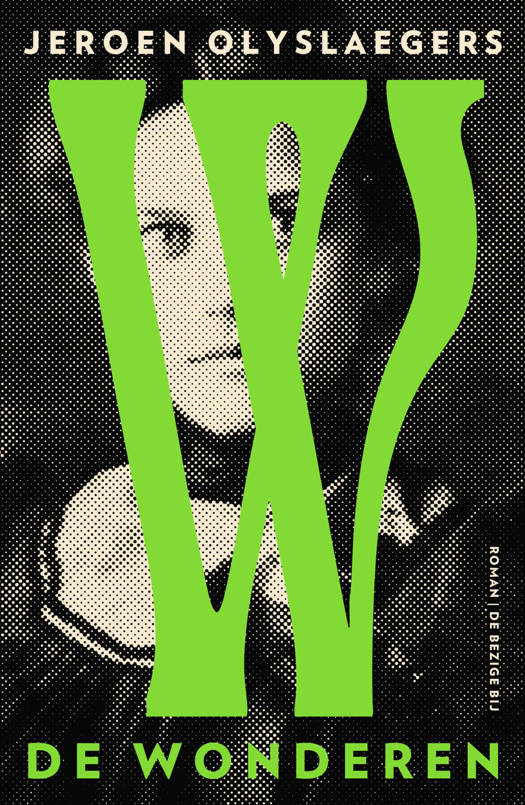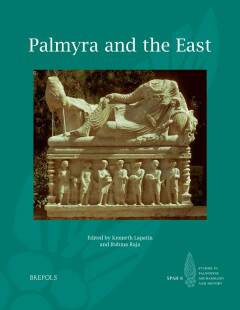
- Afhalen na 1 uur in een winkel met voorraad
- Gratis thuislevering in België vanaf € 30
- Ruim aanbod met 7 miljoen producten
- Afhalen na 1 uur in een winkel met voorraad
- Gratis thuislevering in België vanaf € 30
- Ruim aanbod met 7 miljoen producten
Zoeken
Omschrijving
The ancient caravan city of Palmyra, although located in the Syrian Desert, was very much a cultural locus, a place where peoples, goods, and ideas met and mingled from as far afield as Europe to the west and India and China to the east. It was a city that stood balanced between the power of the Roman Empire to one side, and the Parthian Empire to the other. Yet despite the city's location at a cultural crossroads, and its greater proximity to Parthia than Rome, scholars focusing on Palmyra have traditionally focused on links with the west, while relatively little attention has been paid to the threads that wove a connection between Palmyra and regions further to the east. This edited volume seeks to address this lacuna in scholarship by offering an in-depth exploration of Palmyra's connections with its eastern neighbours in the first three centuries ad. The papers gathered here examine the city's art, architecture, and material finds, its languages and inscriptions, its political interactions, social life, and religious identity from a time when Palmyra was at the height of its powers in order to shed light on the city's own distinctive identity, as well as its close - and often tense - relationships with Parthia and beyond. Together, these contributions offer fascinating new insights into Palmyra's dynamic relationships with the regions to its east, as well as on how these influences underpinned and were diffused throughout Palmyrene culture.
Specificaties
Betrokkenen
- Auteur(s):
- Uitgeverij:
Inhoud
- Aantal bladzijden:
- 210
- Taal:
- Engels
Eigenschappen
- Productcode (EAN):
- 9782503598253
- Verschijningsdatum:
- 3/07/2022
- Uitvoering:
- Paperback
- Formaat:
- Trade paperback (VS)
- Gewicht:
- 1536 g

Alleen bij Standaard Boekhandel
+ 180 punten op je klantenkaart van Standaard Boekhandel
Beoordelingen
We publiceren alleen reviews die voldoen aan de voorwaarden voor reviews. Bekijk onze voorwaarden voor reviews.








